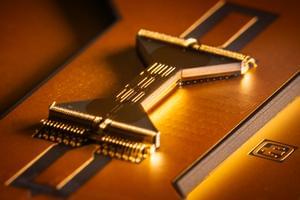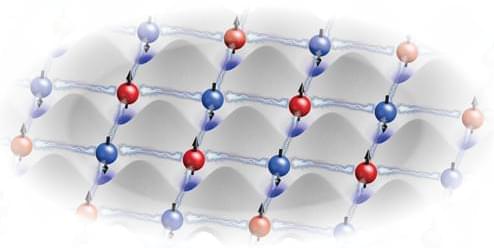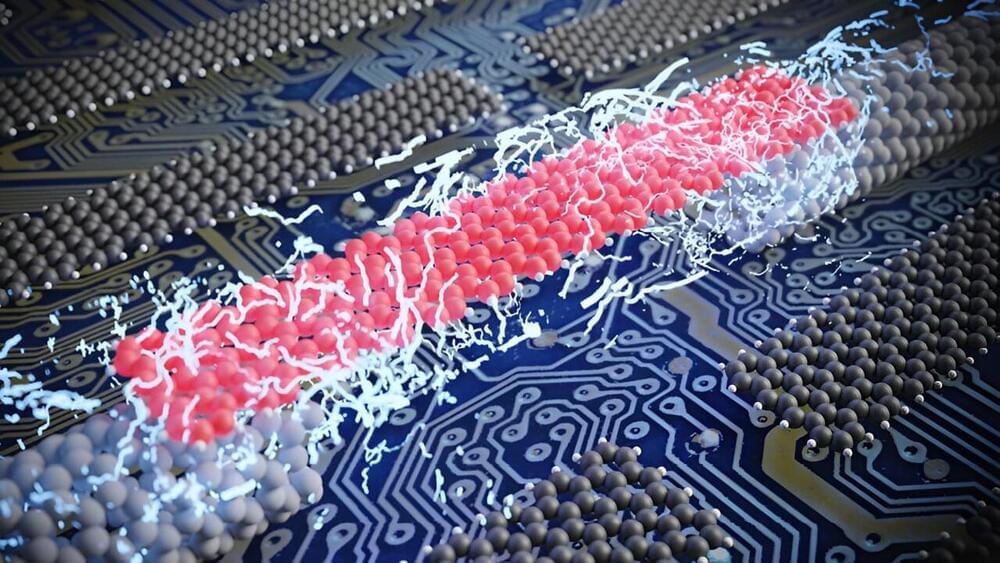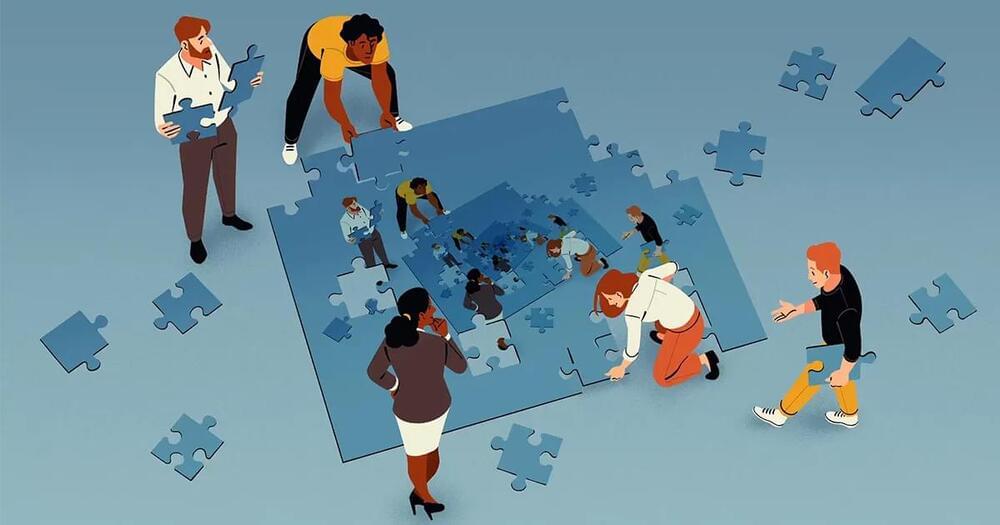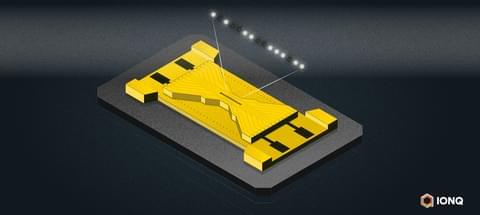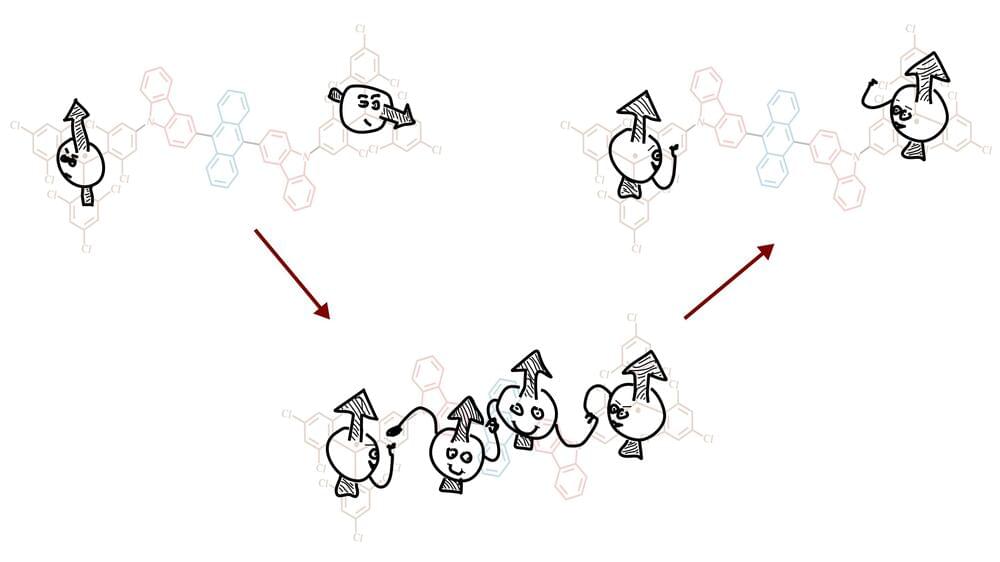Scientists working in connectomics, a research field occupied with the reconstruction of neuronal networks in the brain, are aiming at completely mapping of the millions or billions of neurons found in mammalian brains. In spite of impressive advances in electron microscopy, the key bottleneck for connectomics is the amount of human labor required for the data analysis. Researchers at the Max Planck Institute for Brain Research in Frankfurt, Germany, have now developed reconstruction software that allows researchers to fly through the brain tissue at unprecedented speed. Together with the startup company scalable minds they created webKnossos, which turns researchers into brain pilots, gaining an about 10-fold speedup for data analysis in connectomics.
Billions of nerve cells are working in parallel inside our brains in order to achieve behaviours as impressive as hypothesizing, predicting, detecting, thinking. These neurons form a highly complex network, in which each nerve cell communicates with about one thousand others. Signals are sent along ultrathin cables, called axons, which are sent from each neuron to its about one thousand “followers.”
Only thanks to recent developments in electron microscopy, researchers can aim at mapping these networks in detail. The analysis of such image data, however, is still the key bottleneck in connectomics. Most interestingly, human annotators are still outperforming even the best computer-based analysis methods today. Scientists have to combine human and machine analysis to make sense of these huge image datasets obtained from the electron microscopes.
